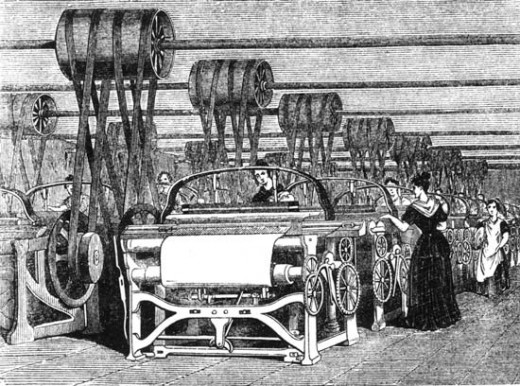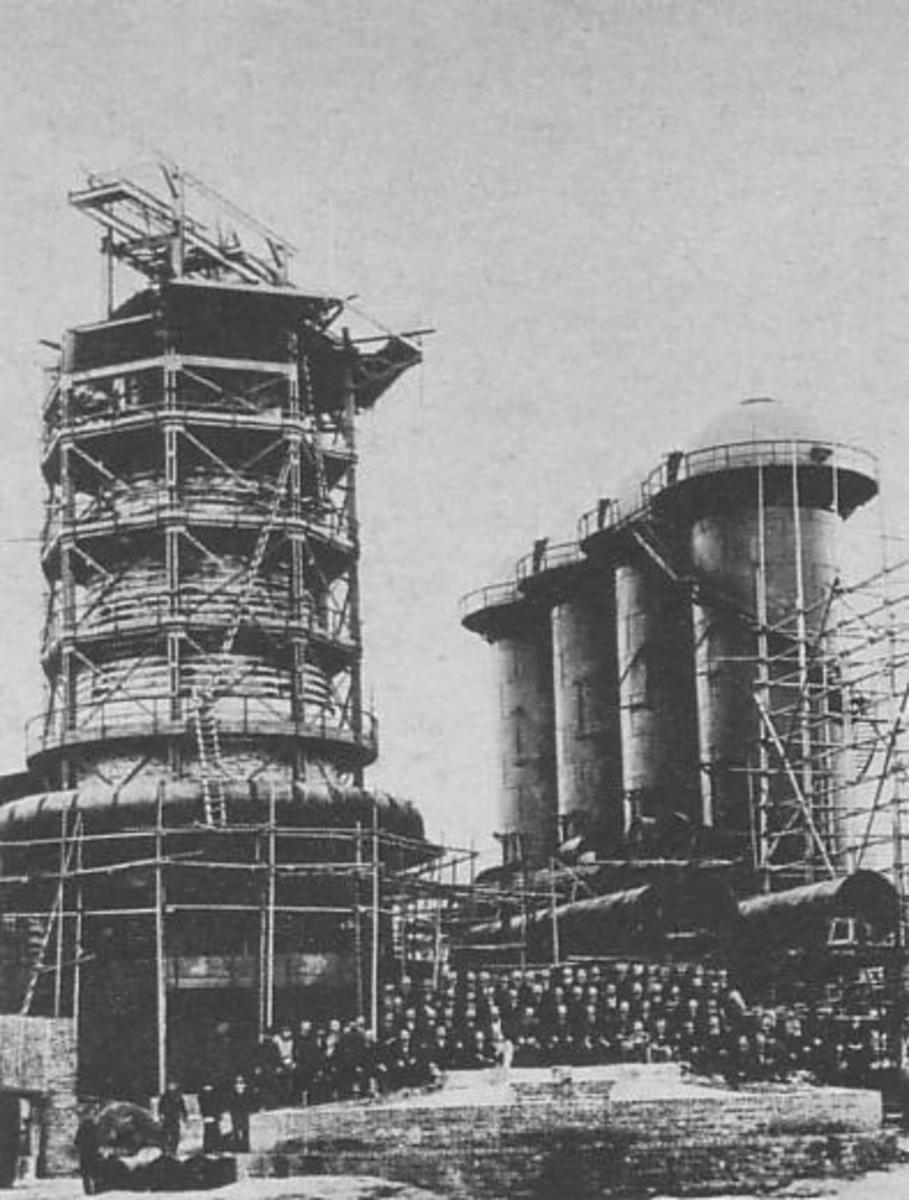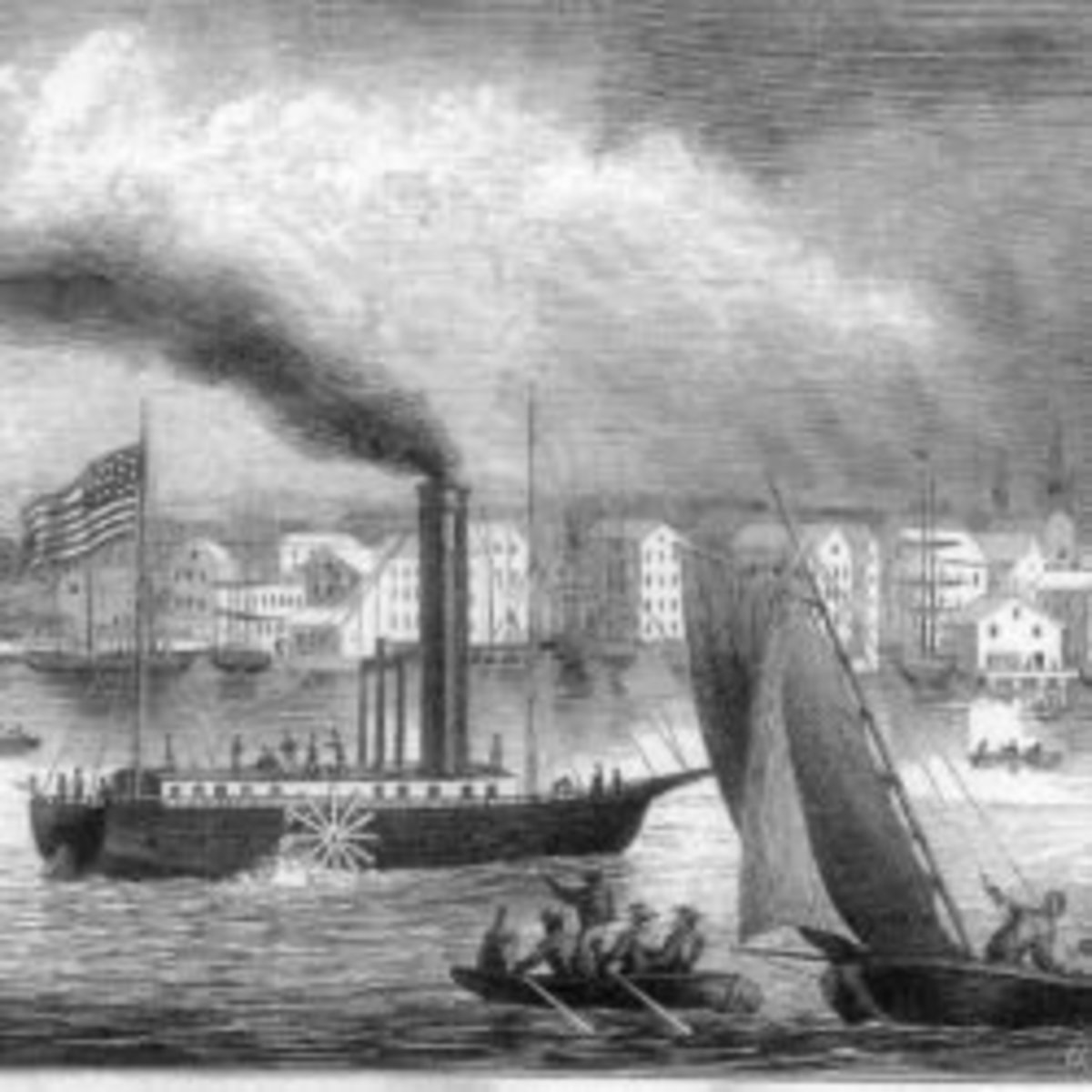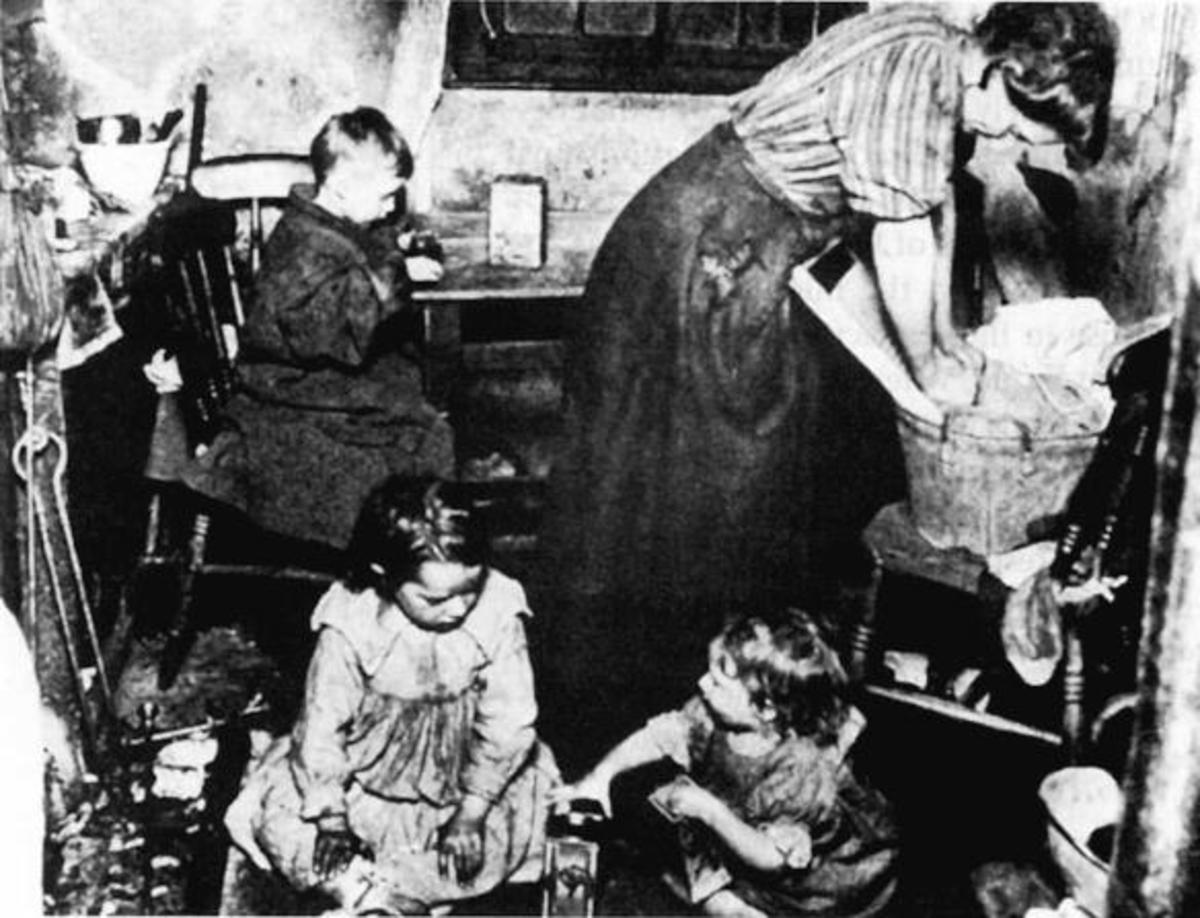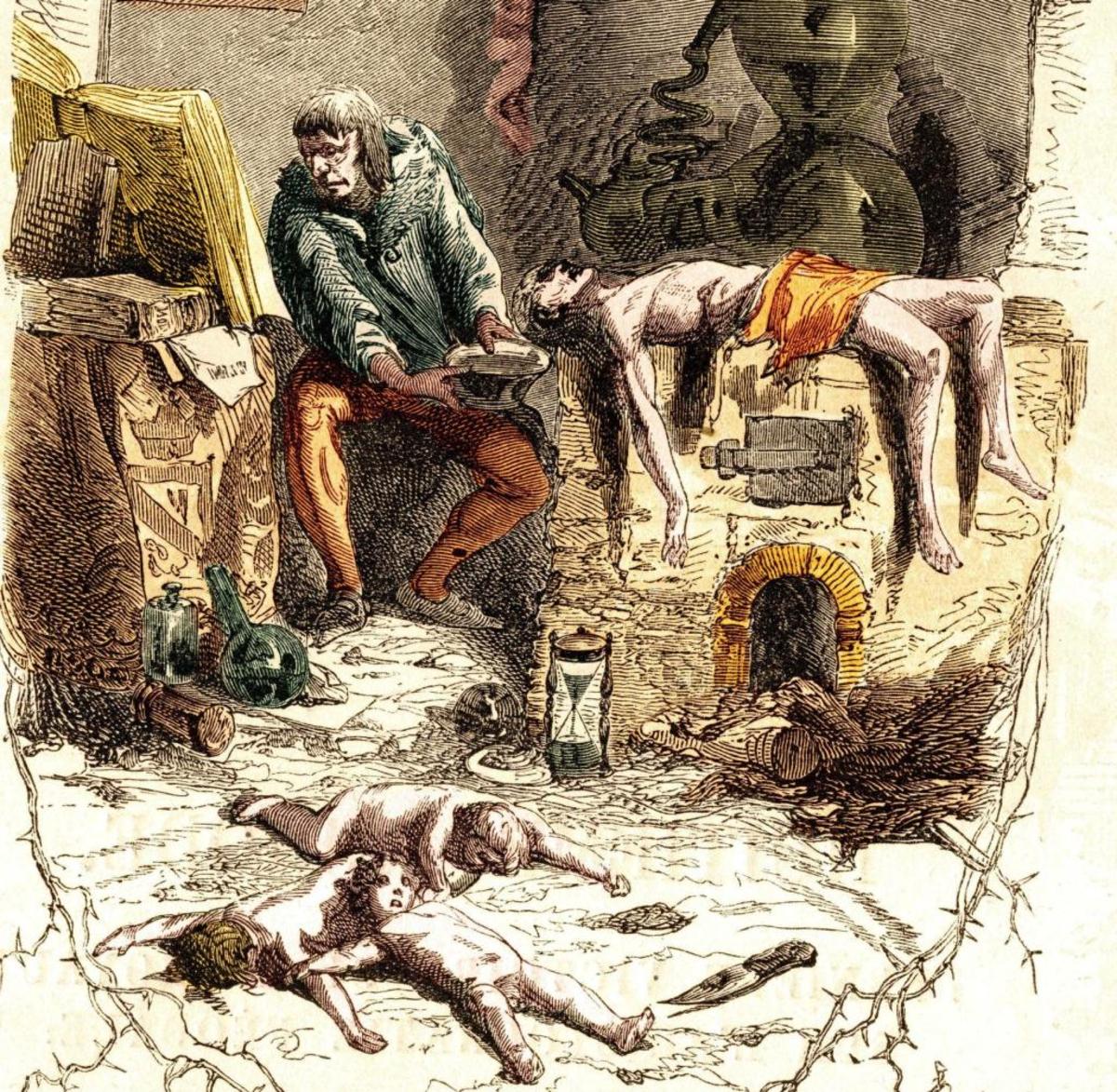Industrial Revolution
General Info
Industrial Revolution in Great Britain
The industrial revolution happened in England first for several reasons, but one of the most important was the agricultural revolution. The agricultural revolution changed farming methods to produce more food cheaper and with less labor. People were no longer spending most of their money on food which meant that they had extra income to spend of luxuries and machined items. There was also a ready supply of capital to invest in machinery and new companies. Also, Englishmen were always fascinated by commerce and making money, and this led to a lot of entrepreneurs who were willing to risk it all on new industry. Britain also had a large supply of mineral ore such as coal and iron which helped to lead the revolution in both steam engines, and the metal making industry. The government also helped the industrial revolution because they had the least laws and restrictions against private industry. Also, wars and revolutions had left Britain with the only international trade route, and this meant that England had a large market to sell its new goods. There were several new industrial systems as a result of the industrial revolution, the first of which was the cotton industry. Britain had new inventions that allowed for mechanical looms that were more effective than humans, and new inventions that led to an increase of yarn that could be used in the loom to create more clothing. Also the invention of the steam engines allowed factories to be away from rivers that were used to power the machines before the invention of the steam engine. Another change in industry was metal working. Before the industrial revolution is was slow and expensive and still using methods from the medieval ages, but new techniques and the invention of cast iron led to a boom in metal working and by the 1850s over 3.6 million pounds of cast iron were being produced in Britain which was more than the rest of the world combined.
The Spread of the Industrial Revolution
The first areas that the industrial revolution spread to were on the European continent: Belgium, France, and Germany. Then it spread to the United States oversees in North America. Not until the 1850s did the industrial revolution spread to other countries. The industrial revolution spread slowly to other countries in Europe because Britain made it illegal for artisans to leave the country, and the British government made it illegal to sell or export machinery especially the machinery relating to the textile industry. Eventually British entrepreneurs left the country to sell machines and techniques, and to start new factories. The industrial revolution in these other countries differed from the industrial revolution in Europe in several ways. One important way is the government paid for roads, for rivers to be widened, and even financed some countries. The other countries also placed high tariffs on foreign goods to help promote their own industry. The final major difference between the industrial revolution in England and the industrial revolution in other countries around the world is the joint-stock investment banking system. The joint-stock investment bank is a bank that takes all of the savings from small and large investors and turns it into capital that it reinvests into the industry. The first joint-stock investment bank was in Belgium, and it took money deposited in the bank, and invested it in major industry such as mining, railroads ,and heavy industry.
Affects of the Industrial Revolution on Daily Life
The industrial revolution affected all aspects of life for a person living in Europe. This was due to rapid urbanization and a boom in population. From 1750 to 1850 European population doubled to 266 million people. This was not due to more births because birth rate actually declined during this time, but it was due to the fact that less people were dying of famine and disease. The agricultural revolution had brought more food to more people at a cheaper cost, and this lead many people to leave life as a farmer and go to the city and work in a factory. This lead to rapid expansion of cities which in turn led to terrible living condition for the peasant and factory workers who lived in small apartment buildings in the cent of the city. People often had to lay five to six people in one bed with children on top of the adults, and due to lack of an acceptable sewage system waste was often thrown out window into the street which led to very unhealthy conditions. Waste of all kind was then pushed into stagnate gutters in the road which caused the industrial revolution to reek. Also, the sky was black due to the vast amounts of coal being burned. In the large cities, deaths outnumbered births and the only thing keeping the cities alive was the constant stream of immigrants from the countryside. Another cause of death and outrage were food conditions, alum was added to bread to make it appear whiter and therefore it was more expensive, milk and beer were watered down, and poisonous red lead was sold instead of pepper. Social class played a key role in surviving the city because the rich could afford to have individual houses on the outskirts of town, away from the disease and polution, were as the poor factory workers had to live in cramp living spaces in the center of town with terrible pollution due to the burning of coal. There was also a new class introduced: the industrial middle class which was full of entrepreneurs and skilled business men. Also, factory conditions were terrible due to the rapid pace at which the factories were built at. Workers would work for more than twelve hours at a time in polluted conditions that led to a lot of deaths. These conditions were not improved for many years.
